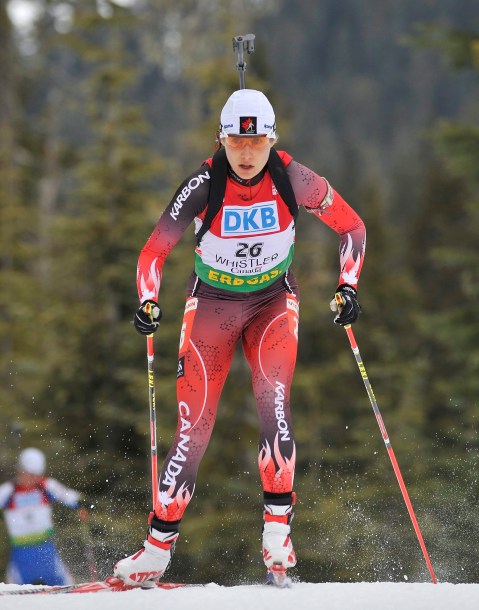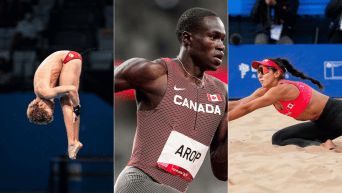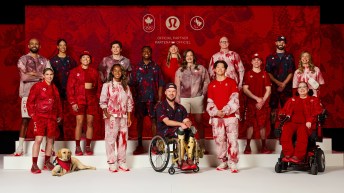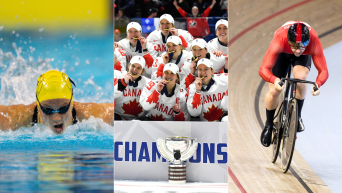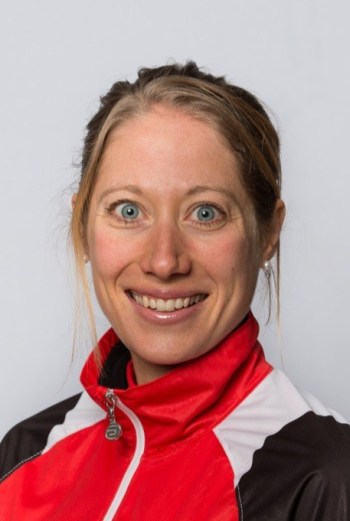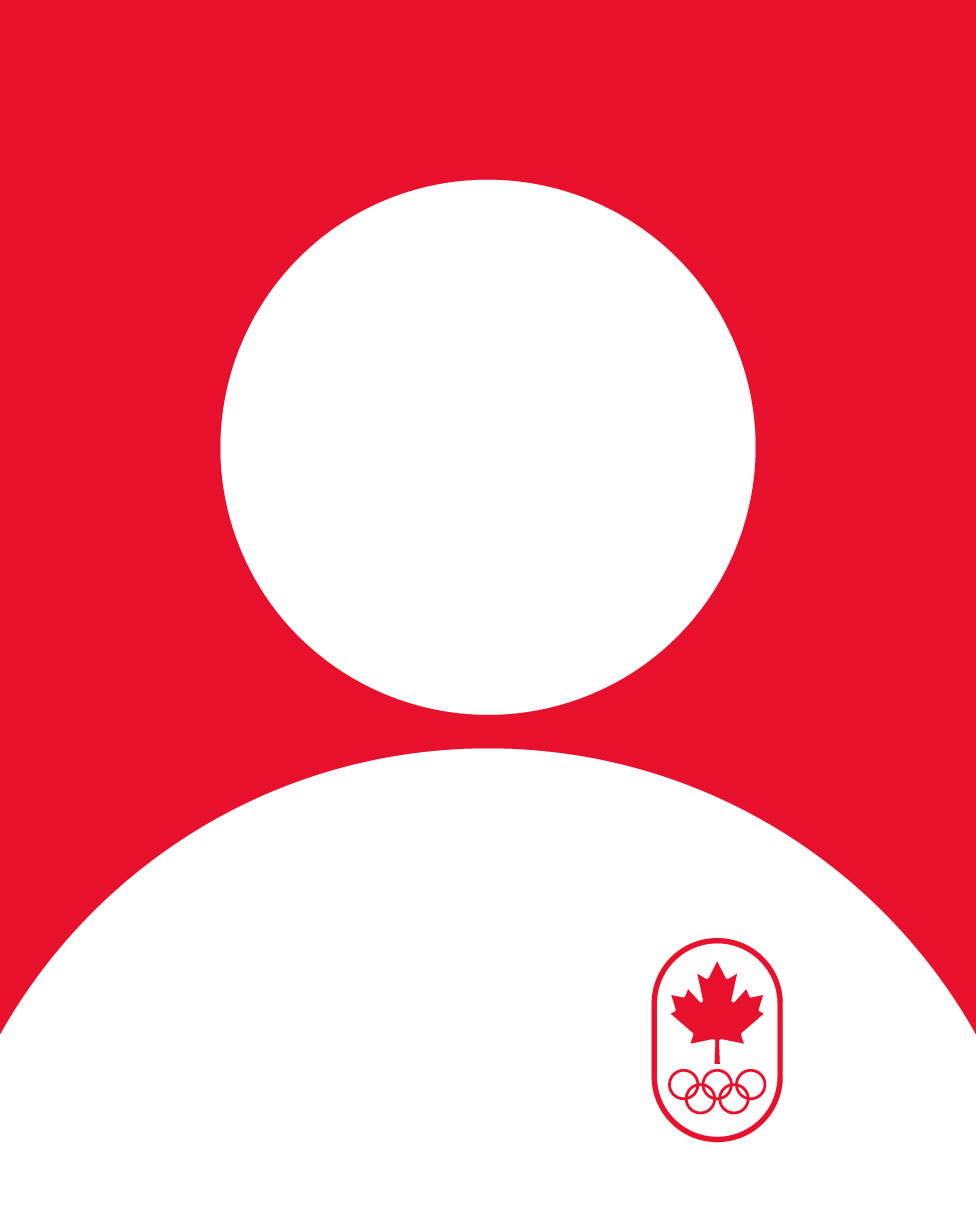Shooting and Skiing: Zina Kocher's Journey into Biathlon
Biathlon, which blends cross-country skiing with rifle shooting, is a sport that represents the pursuits of a tiny fraction of Canadians. In Europe, particularly in Norway and Germany, biathlon has a long history, is extremely popular, and draws huge television ratings. In North America, it’s safe to say biathlon is not as front and centre.
So how does one become a Canadian Olympic biathlete? Let’s ask Zina Kocher, 2006 Olympian, a rare Canadian winner of a World Cup medal (bronze), and a hopeful for 2010.
For the Red Deer, Alberta native, it was a slow progression where her skills propelled her into a biathlon career now stretching beyond a decade. As a youngster, she practiced cross-country skiing. With the Alberta Winter Games coming to Red Deer one year, a local coach was searching for 15- and 16-year-olds to represent in biathlon.
“I was always keen to try something new,” Kocher said.
She competed at those Games, at more biathlon races, and “did pretty well” at the national championships in 2000. Kocher’s name circulated and other coaches contacted her. She eventually joined the Rocky Mountain Racers club and moved to Canmore to train full-time with them.
She still assumed she would go to college in the fall. At the summer’s end, her coach asked her to try it for one year and see if she could crack the junior national team. “I went with my coach’s belief in me,” she said. Kocher made the national team and competed strong at the world juniors. “And I kept going.”
Biathlon is an incredible, demanding sport where the slightest variable can change the outcome. A first-place winner one day could finish 60th the next. “There is a much bigger range of results than in other sports,” Kocher said. The sport is famous for athletes skiing hard and stopping suddenly to have to shoot a rifle with accuracy. Kocher likes a teammate’s analogy: it’s like going for a run and stopping only to attempt to thread a tiny needle with shaking hands.
In the 15 km individual race, each shot missed results in a one-minute penalty. The winner will be the one who shoots about 95%. In the shorter sprint, the penalty is less severe and biathletes will shoot slightly faster.
Kocher said she always loved track and cross-country running—the longer events. She was drawn to the endurance aspect of biathlon and to the aspect that sets it apart. “I’d never shot a rifle before. That was pretty cool.”
She has been a member of the senior national team since 2001. Kocher’s motivation comes from seeing what goals she can meet, and then setting new ones. “The dream was to make the Olympics,” Kocher said. “Then the next step was to achieve top World Cup results. Then, what about an Olympic medal?”
In 2006, the closest she got was 17th in the relay. She said she is more comfortable now having experienced the incredible attention of an Olympic Winter Games. She looks forward to the “Home” Games in 2010, her comfort with the Whistler course, and that her friends and family will be watching again.
“It’s still very emotional for me to this day when I think about where they were standing during the races,” she recalled of Torino 2006.
Now she trains for a shot at her second Olympic experience, along with a close-knit team who practice, compete and travel with each other experiencing as a small family would the highs and lows of sport.
“I’d like to see myself in the top 10,” she said of 2010. “My ultimate dream is to one day be on that podium.”

